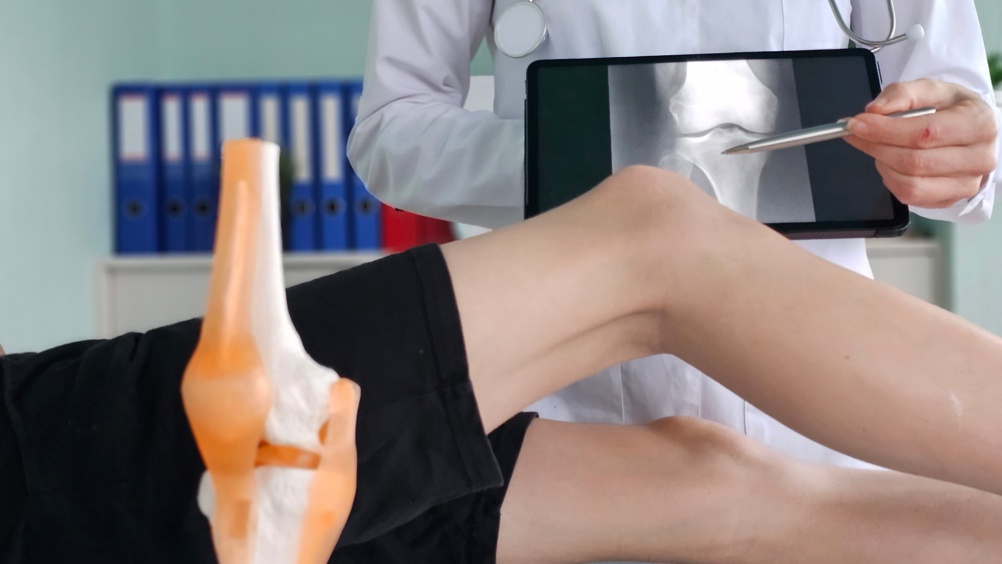References
Identification, treatment and care of chronic leg oedema due to venous disease and lymphoedema

Abstract
The number of people with venous leg ulcers has doubled in 10 years due to an ageing population, rising levels of obesity and falling levels of activity. An estimated 400000 people in the UK have chronic leg oedema. This article aims to enable readers to identify venous disease and lymphoedema, to manage when possible, to be aware of treatment options, to refer appropriately and to work with people to reduce risks.
Around 19% of adults have venous disease in the UK, and the number of people with venous leg ulcers has doubled in 10 years due to an ageing population, rising levels of obesity and falling levels of activity (Franks et al, 2016: All Party Parliamentary Group (APPG) on Vascular and Venous Disease, 2023; National Institute for Health and Care Excellence (NICE, 2024).
The most common causes of chronic leg oedema are venous disease and lymphoedema. These may be under-reported, underdiagnosed and poorly managed, and can lead to venous leg ulcers and infections such as cellulitis (Lymphoedema Support Network, 2022). The NHS spends £2.7 billion annually on treating venous leg ulcers (APPG on Vascular and Venous Disease, 2023).
It is difficult to determine the prevalence of venous disease as studies vary due to differing definitions. Research suggests that it becomes more common as people age, but there is little specific research on venous disease and older people.
Register now to continue reading
Thank you for visiting Journal of Prescribing Practice and reading some of our peer-reviewed resources for prescribing professionals. To read more, please register today. You’ll enjoy the following great benefits:
What's included
-
Limited access to our clinical or professional articles
-
New content and clinical newsletter updates each month

